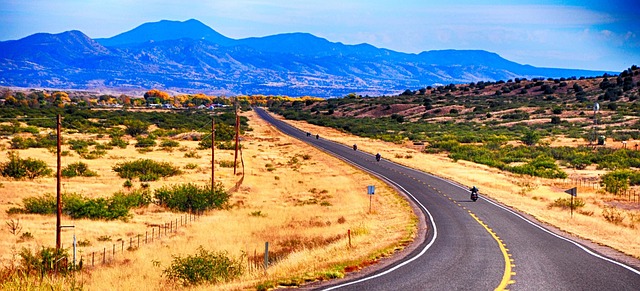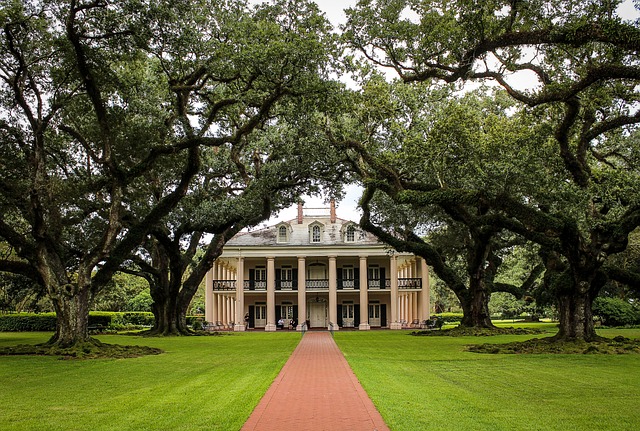Karachi, Pakistan's bustling economic center, is often misrepresented by media narratives highlighting chaos and crime. However, this vibrant metropolis offers a rich cultural tapestry, entrepreneurial spirit, and lively street life despite challenges like high density and security issues. By transcending urban myths, Karachi shines as a diverse cultural hub, economic powerhouse, and culinary destination, featuring bustling markets, historic sites, and resilient communities working towards progress through strategic planning, sustainable development, and innovation.
“Unveiling Karachi: Beyond the Headlines delves into the intricate tapestry of Pakistan’s vibrant metropolis. This article aims to challenge and enrich public perception by separating fact from fiction, known as ‘urban myths’. From its bustling social fabric to economic challenges, we explore the realities that shape Karachi.
We navigate through various facets, including its historical growth, societal issues, and potential solutions, offering a comprehensive view of the city’s complex nature. Discover how these insights can guide future strategies for one of South Asia’s most dynamic urban centers.”
- The Image of Karachi: Unveiling the City's Public Perception
- Reality Check: Demystifying the Urban Myths of Karachi
- Beyond Headlines: Exploring the Social and Economic Fabric
- Navigating Challenges: Issues Faced by the Metropolis
- A Glimpse into the Future: Potential Solutions and Growth Strategies
The Image of Karachi: Unveiling the City's Public Perception

Karachi, Pakistan’s economic powerhouse and a bustling metropolis, is often depicted in headlines as a chaotic, crime-ridden city. This narrative has been perpetuated by media coverage focusing on its stark contrasts—from luxurious skyscrapers to crowded slums. However, upon closer inspection, the reality is more nuanced. While Karachi undoubtedly faces significant challenges like high population density and security issues, it’s also a hub of cultural diversity, entrepreneurial spirit, and vibrant street life.
The city’s public perception is shaped by these contrasting images, creating a dichotomy that requires further exploration. Under the surface, Karachi boasts a rich tapestry of markets, historic sites, and bustling communities. Its resilience and energy are evident in the daily routines of its folks who navigate this labyrinthine urban landscape. Thus, understanding Karachi involves looking beyond headlines to appreciate both its struggles and vibrancy.
Reality Check: Demystifying the Urban Myths of Karachi

Karachi, Pakistan’s vibrant metropolis, is often cloaked in urban myths and misconceptions. From its traffic congestion to safety concerns, many believe these issues define the city. However, a reality check reveals a more nuanced picture. Karachi, like any sprawling urban center, faces challenges but also boasts remarkable resilience and progress.
The traffic jams that have become synonymous with Karachi are indeed a reality, but efforts to alleviate this problem are underway. The city’s rapid development has prompted innovative transportation solutions, including an expanding metro bus network and plans for an efficient mass transit system. Safety is another matter of public discourse; while isolated incidents occur, the overall security situation is improving thanks to heightened police presence and community initiatives. Beyond these challenges, Karachi is a hub of cultural diversity, economic dynamism, and culinary delights, making it a unique and captivating urban destination.
Beyond Headlines: Exploring the Social and Economic Fabric

In the bustling metropolis of Karachi, Pakistan’s economic and social fabric is a vibrant tapestry woven with diverse threads. Beyond the headlines that often capture fleeting moments, exploring the intricate web of social dynamics and economic realities offers a deeper understanding of this ever-evolving city. The socio-economic landscape of Karachi mirrors its history, where traditional communities coexist with modern developments, creating a unique blend of cultures and opportunities.
This urban center is not just about headlines grabbing milestones or economic trends; it’s the daily struggles and triumphs of its residents that shape the city’s character. From navigating labyrinthine markets to embracing technological advancements, Karachi embodies resilience and adaptability. By delving into these unreported narratives, we uncover a city where the remnants of tradition meet the demands of a rapidly changing global economy, making it a fascinating case study in urban dynamics.
Navigating Challenges: Issues Faced by the Metropolis

Karachi, Pakistan’s financial hub and one of the world’s largest metropolitan areas, faces a unique set of challenges that impact its citizens’ daily lives. The city’s rapid urbanization has led to immense pressure on infrastructure, services, and resources. Traffic congestion is a notorious issue, with expanding populations and an increasing number of vehicles outpacing the development of roads and public transport systems. This results in lengthy commutes and contributes to environmental concerns related to air pollution.
Furthermore, Karachi grapples with inadequate waste management and sanitation, posing significant health risks. The city’s dense population and limited green spaces also contribute to a heat island effect, making summer temperatures unbearable. Despite these challenges, Karachi remains a vibrant and resilient metropolis, continually striving towards addressing its complexities through innovative solutions and strategic planning.
A Glimpse into the Future: Potential Solutions and Growth Strategies

As we peer into the future, Karachi, like many urban centers worldwide, faces challenges in keeping pace with its rapid growth. However, this presents an opportunity for innovative solutions and strategic planning. One potential approach is to prioritize sustainable development, focusing on eco-friendly infrastructure and green spaces. By integrating renewable energy sources and smart city technologies, Karachi can mitigate environmental concerns while enhancing quality of life. Additionally, fostering collaboration between government bodies, private enterprises, and community organizations can lead to more effective urban management.
Investing in education and skills development is another growth strategy worth considering. Equipping the workforce with digital literacy and technical skills will prepare them for emerging industries, ensuring Karachi remains competitive on a global scale. Furthermore, promoting entrepreneurship and supporting local startups could catalyze economic diversification, creating new job opportunities and driving innovation within the city’s diverse sectors.
Karachi, often shrouded in sensationalized headlines, reveals a complex reality upon deeper exploration. By dissecting public perception, debunking urban myths, and delving into its socio-economic fabric, we uncover a city navigating challenges yet brimming with potential. The future of Karachi hinges on addressing its issues head-on while harnessing growth strategies that foster inclusivity and sustainable development. This transformative journey necessitates collective efforts to ensure the metropolis lives up to its true potential as a vibrant and resilient urban center.
